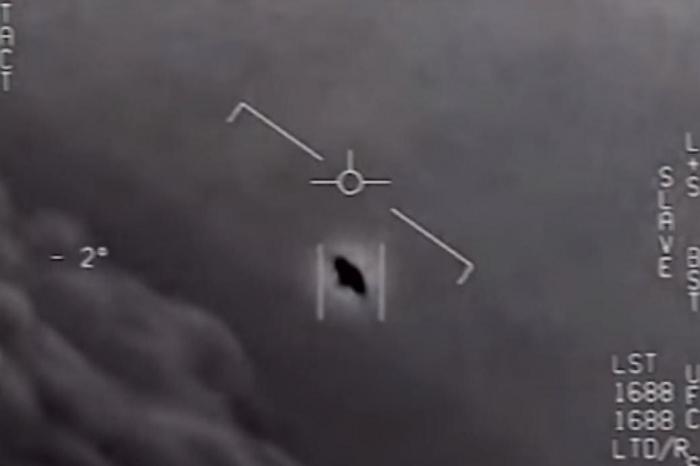US government recovered materials it 'does not recognise' from UFO

The US Department of Defence (DoD) has admitted to a secret $22m (£15m) programme, which ran between 2007 and 2012, that was tasked with investigating reports of UFOs.
“They have some material from these objects that is being studied, so that scientists can try and figure out what accounts for their amazing properties,” Ralf Blumenthal, one of the authors of the New York Times report, told MSNBC.
Mr Blumenthal said the DoD “do not know” what the materials are made of.
“It’s some sort of compound they do not recognise,” he added.
Researchers also studied people who claimed they had experienced physical effects from encounters with unidentified aerial phenomena, according to the New York Times.
A previously classified video released by the DoD shows Navy pilots reacting with astonishment after being sent to investigate a mysterious flying object as it hovered off the coast of San Diego.
The recently released footage shows a 2014 encounter between an apparent object, roughly the size of a commercial plane, and two Navy F/A-18 Super Hornets, from the aircraft carrier Nimitz.
Commander David Fravor and Lieutenant Commander Jim Slaight were on a routine training mission 100 miles out into the Pacific when they were asked to investigate the object.
Commander Fravor told The New York Times the object was about 40ft long, had no plumes, wings or rotors, and outpaced their F-18s. It was big enough to churn the sea 50ft below it, he said.
“No one knows what they are to this day, Mr Blumenthal told MSNBC.
“Research went into trying to identify their strange means of propulsion, their phenomenal aerodynamics which represent nothing on the face of this earth by any country."
Experts warn there is usually a worldly explanation for apparent UFO sightings and caution that an absence of an explanation is not proof of extraterrestrial life.
The Pentagon said the Advanced Aviation Threat Identification Programme (AATIP) closed five years ago when defence officials shifted funding to other priorities.
But according to its backers, AATIP remains in existence in some form.
“The AATIP ended in the 2012 timeframe,” Pentagon spokesperson Laura Ochoa said.
“It was determined that there were other, higher priority issues that merited funding and it was in the best interest of the DoD to make a change,” she added.
Asked if the department continued to investigate sightings, she said: “The DoD takes seriously all threats and potential threats to our people, our assets, and our mission and takes action whenever credible information is developed.”















































